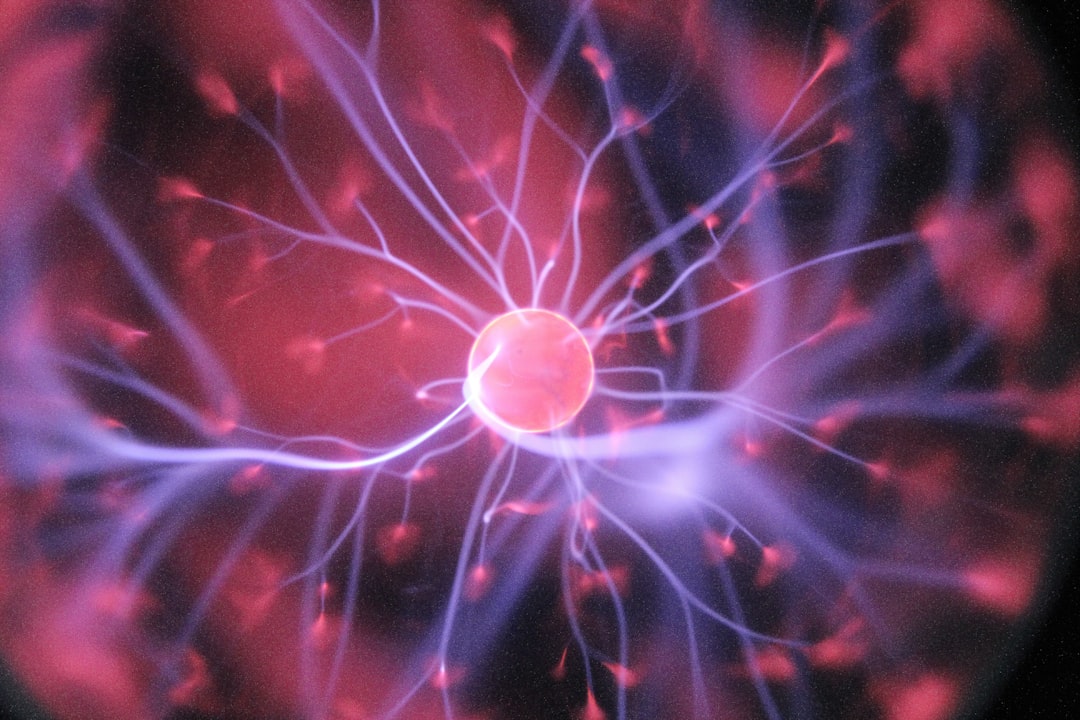What is it about?
We use a combination of NMR analysis and an in-cell BRET assay to extensively validate an AlphaFold2-multimer model of the complex between MBD2 and NuRD. Based on this model, we identify mutations that selectively disrupt the interaction and block MBD2-dependent transcriptional silencing of fetal hemoglobin.
Featured Image

Photo by Braňo on Unsplash
Why is it important?
The results of this study provide molecular details of the formation of the NuRD complex. The interaction involves an intrinsically disordered region of MBD2 that folds upon binding to the histone deacetylase core of NuRD. Importantly, we show that selectively disrupting critical contacts at the interface blocks the silencing of the gamma-globing gene. Hence, this work identifies a potential molecular target for treating beta hemoglobinopathies such as sickle cell anemia and beta-thalassemia.
Perspectives
Protein-protein interactions involving peptides have proven to be amenable to inhibition by small molecules. Hence, we have sought to determine how the MBD2 IDR region binds to the histone deacetylase core of NuRD. However, this complex has proven quite challenging to study. The development of AlphaFold2-multimer allowed us to model the complex in silico. We found that the resulting model fits with many of the details already established in the literature, as well as extensive mutagenesis of apparent contact residues. This work shows the exciting potential of using machine-learning structure prediction methods to study large complexes.
David Williams
University of North Carolina at Chapel Hill
Read the Original
This page is a summary of: Analysis of the complex between MBD2 and the histone deacetylase core of NuRD reveals key interactions critical for gene silencing, Proceedings of the National Academy of Sciences, August 2023, Proceedings of the National Academy of Sciences,
DOI: 10.1073/pnas.2307287120.
You can read the full text:
Contributors
The following have contributed to this page










